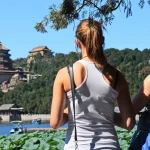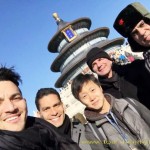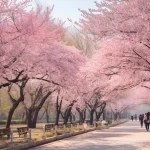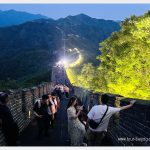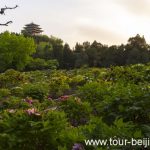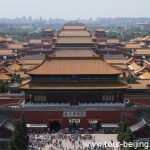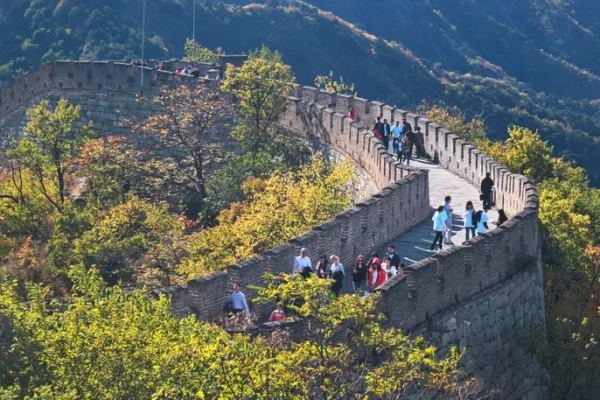
Top 8 Sections of the Great Wall around Beijing
Plan your Beijing tour? If you visit Beijing for the first time, definitely you want to leave some footprints on the Great Wall of China. When you do some online preparation research regarding the Great Wall around Beijing, you will surprisingly know that there are so many “Great Walls” – Mutianyu, Badaling, Juyongguan, Simatai and…
